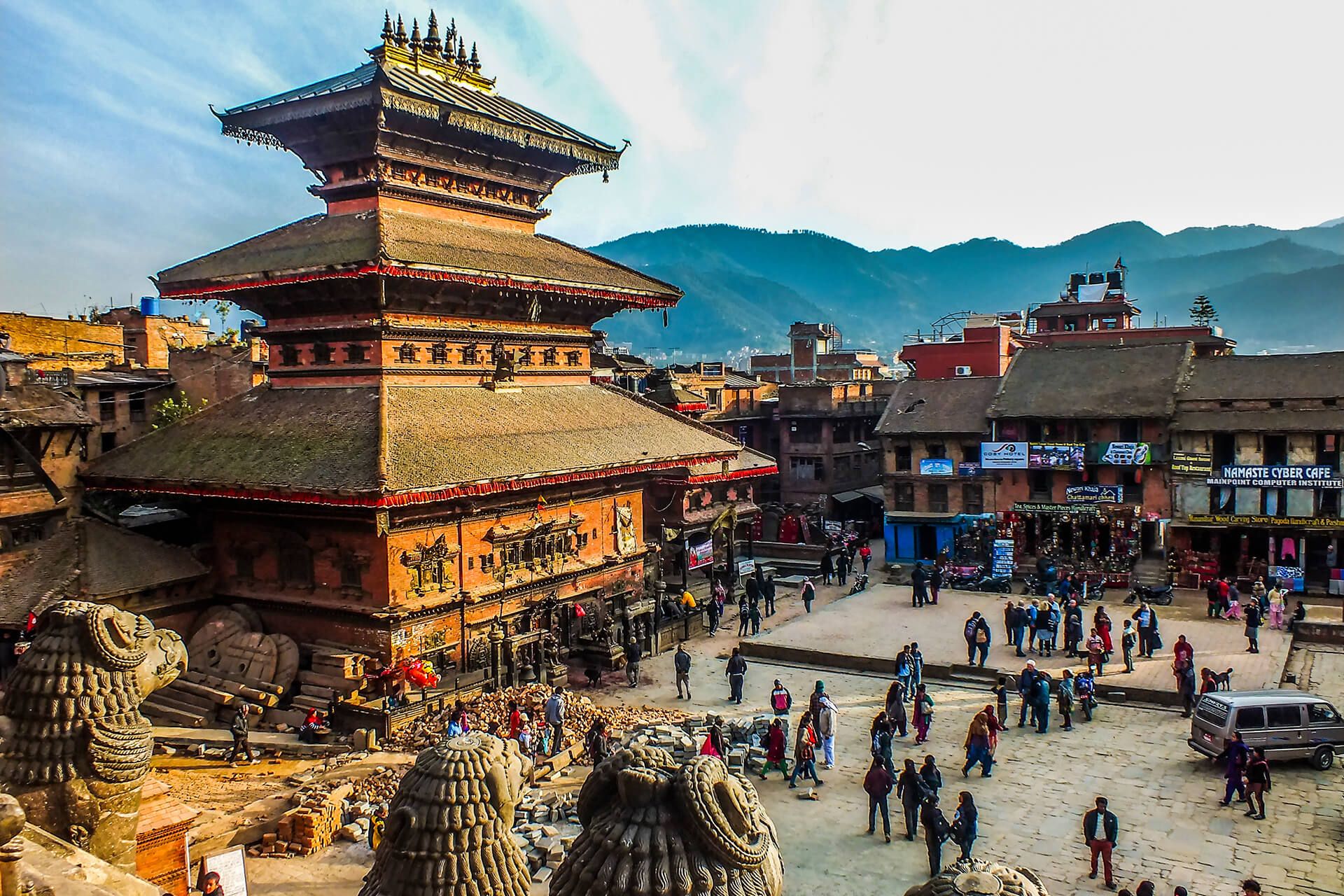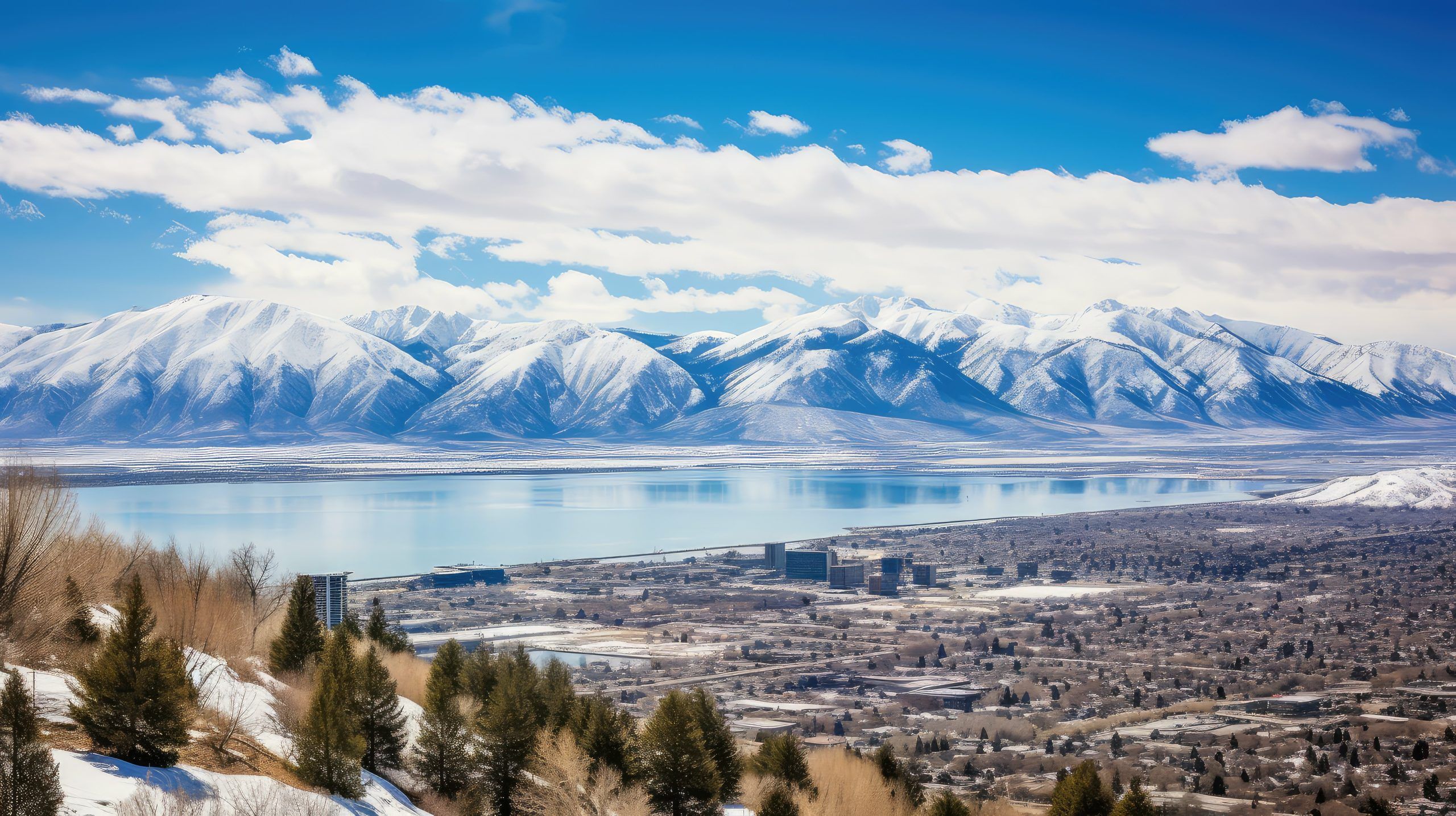A View From Nepal

- July 21, 2022
We offer a bit of good news and hope in the form of an update from Nepal, a country seeing dramatic birth rate declines due to its investments in community and female health, and the work of many NGOs.
The author is Tom Robertson, an environmental historian (and author of The Malthusian Moment, a leading study on the history of population thought in the United States) who taught at Worcester Polytechnic Institute for 10 years and now teaches at Kathmandu University in Nepal.
Despite a six-month delay because of Covid, Nepal’s census took place last November. 40,000 enumerators spread across the country gathering data, the first census under Nepal’s new federal constitution.
The big stories: increased migration abroad, increased urbanization, and overall a dropping fertility rate and lower population growth rate.
According to preliminary data, Nepal’s population now stands at 29,192,480. The average annual growth rate is 0.93%, a decrease from the yearly average of 1.34% between 2001-2011. In the 1990s, Nepal grew 2.6% per year, at the time one of the world’s highest growth rates. Nepal’s total fertility rate is now approaching replacement level.
The causes for the decline are not a surprise: increasing literacy among young women; greater participation of women in the workplace; and high living costs, particularly for schooling. Add to this two big factors: the large out migration of Nepalis to the Middle East and elsewhere to work as laborers, which has upset family patterns and also lessened poverty, and big drops in the infant mortality rate. Nepal’s infant mortality rate in the 1990s was almost 150 per 1,000 live births; it has dropped to the mid 30s. The average life expectancy had climbed near 70 before Covid 19.
Surprisingly, Nepal has achieved these positive landmarks despite very low average incomes, somewhere near $600 per person per year. Observers have credited Nepal’s strong female community health volunteers and an effective NGO and INGO sector.
The numbers should be taken with a grain of salt, however.
The census had a severe under-counting problem.
Nepal’s large population of stateless people (in the millions) often weren’t counted. And the number of Nepalis living outside the country (also in the millions) was vastly under-counted. The number of labor permits issued in the last ten years dramatically outnumbered those actually counted in the census.
In addition, it remains to be seen whether Nepal can derive a demographic dividend from its current “youth bulge.” Without a large elderly population to support, the current young generation could reach new heights of economic and social progress. But this generation also faces a dismal educational system and governmental mismanagement of prodigious proportions. And eventually the youth bulge will become a “senior bulge” that will need to be supported by a smaller new cohort.
But for now, Kathmandu is reveling in the victory of a young new mayor in elections this past month. An independent, he trounced the conventional political parties, which previously had a seemingly unbreakable stranglehold on all elected offices. The new guy is inexperienced and untested, but also young, energetic, and results-oriented. All are hopeful that a new generation can bring much needed change to polluted, dysfunctional Kathmandu.


